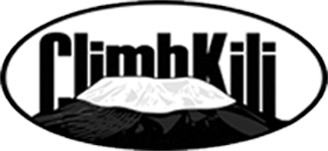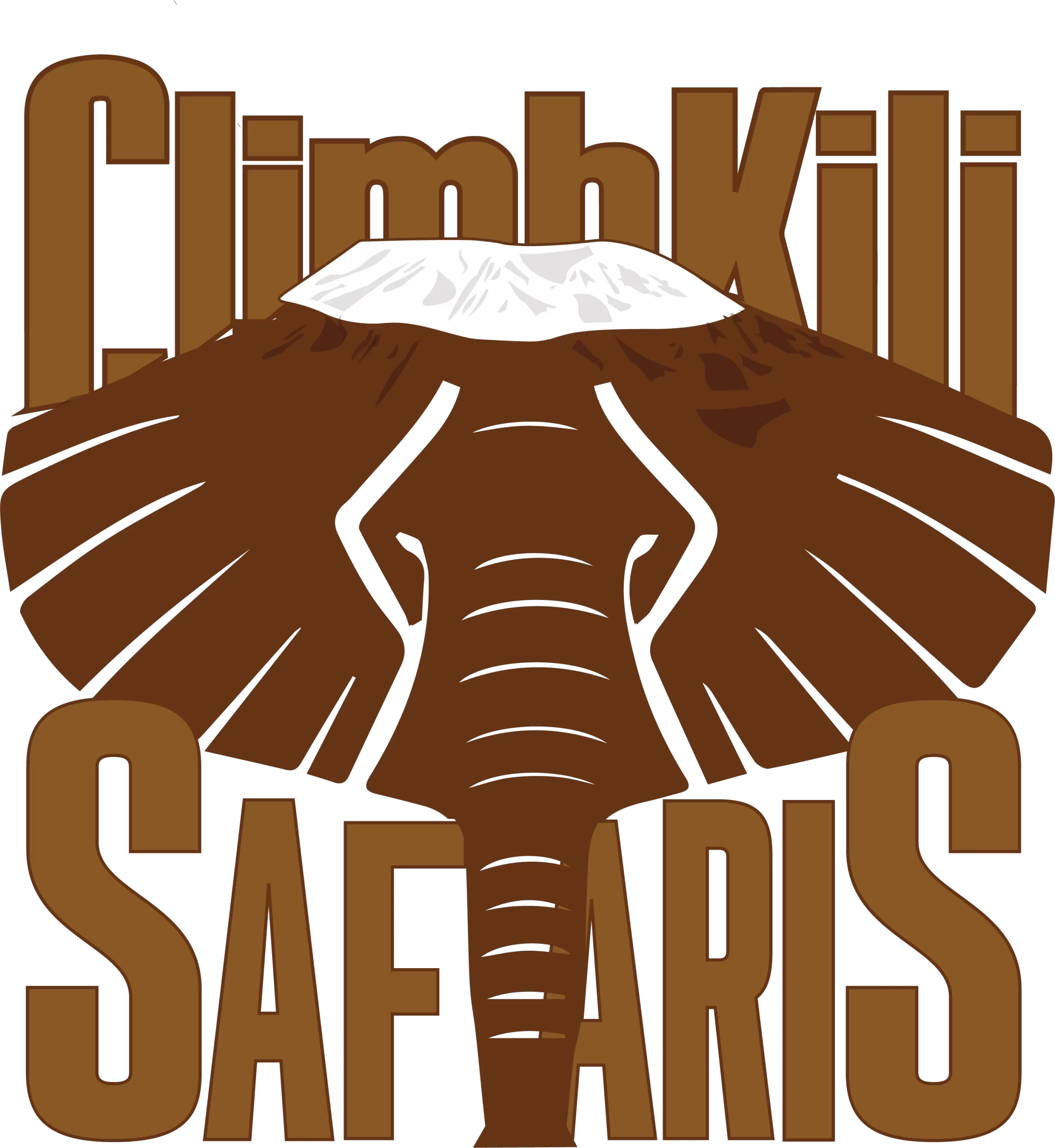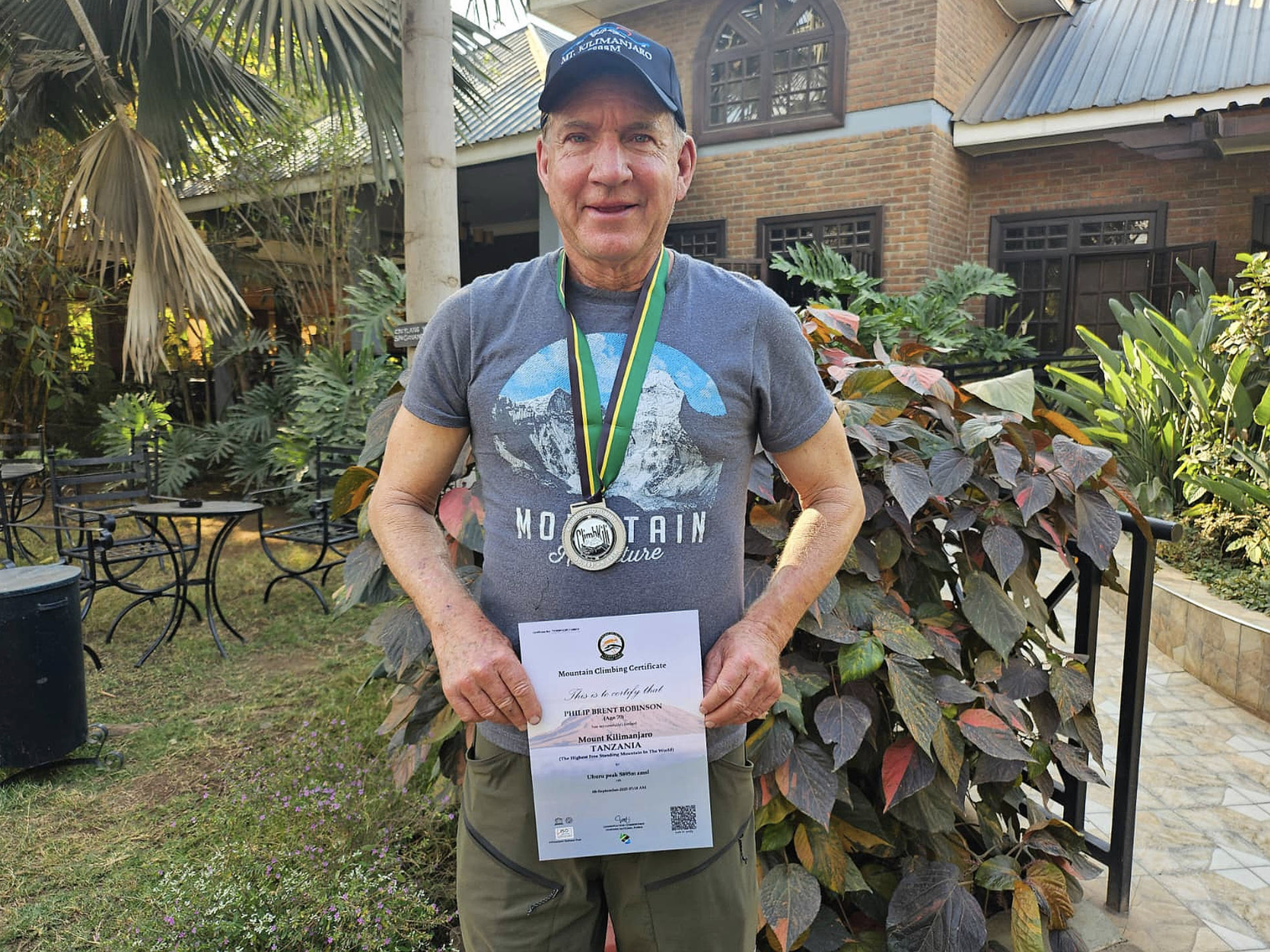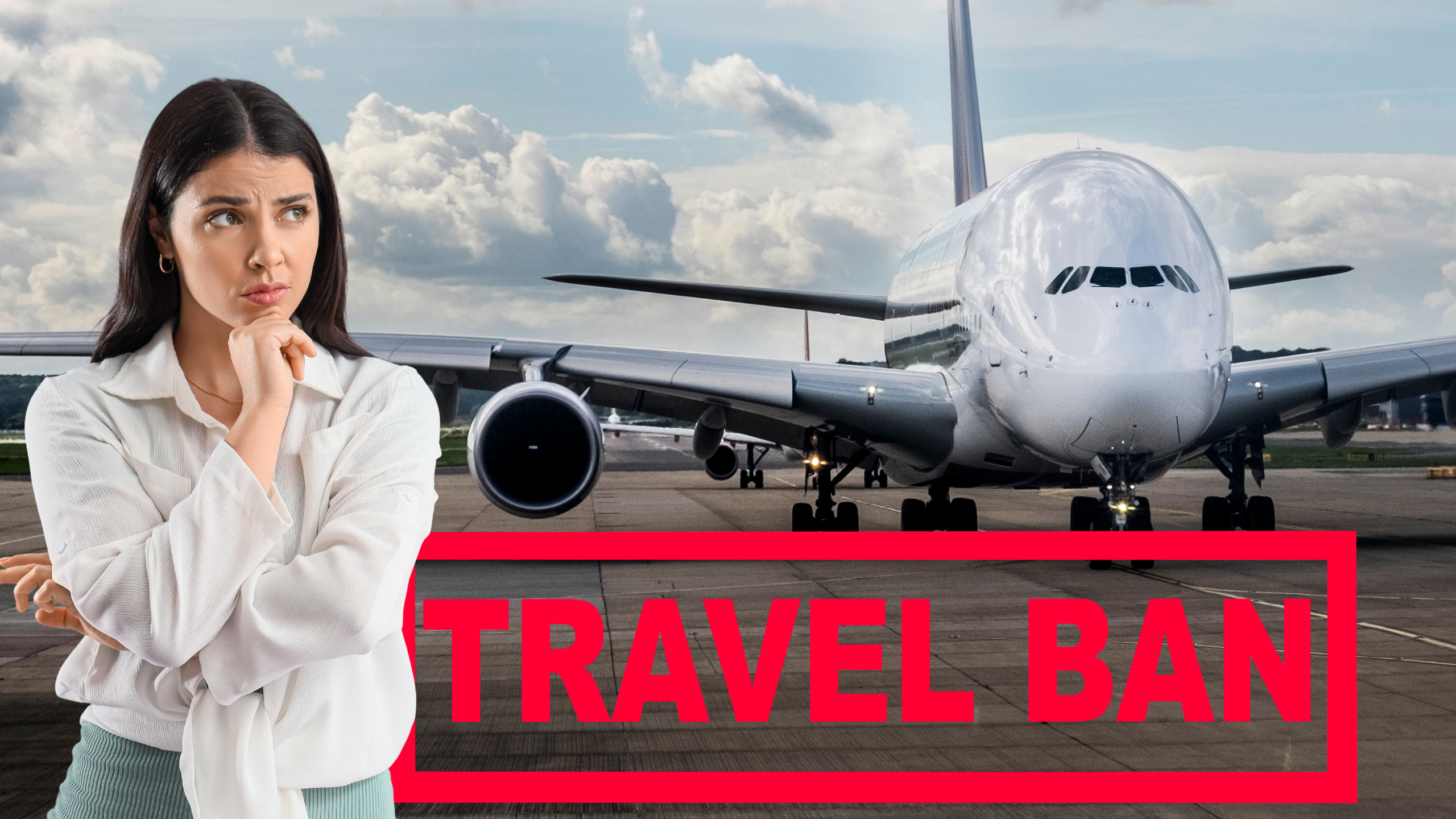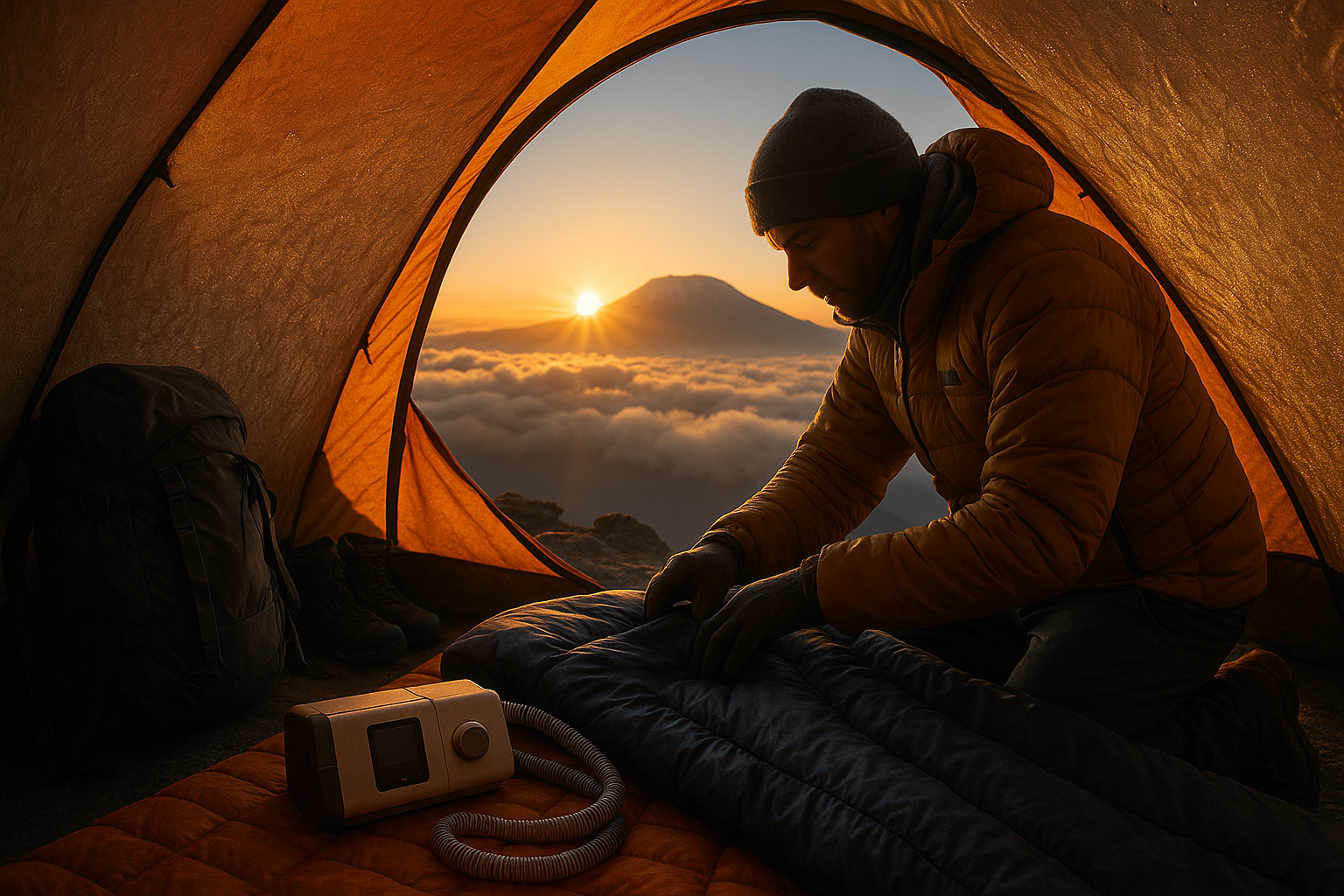Climbing Mount Kilimanjaro is a life‑changing adventure, but at 19,341 ft (5,895 m), high altitude can challenge even the fittest trekkers.
Altitude sickness—also called Acute Mountain Sickness (AMS)—is the most common concern for climbers. Understanding the symptoms, prevention strategies, and safety measures is key to reaching the summit safely.
What Is Altitude Sickness?
Altitude sickness happens when your body struggles to adjust to lower oxygen levels at higher elevations.
Most climbers start to feel mild effects above 2,500 m (8,200 ft). Symptoms can appear quickly, which is why acclimatization and pacing are critical on Kilimanjaro.
Symptoms of Altitude Sickness
Mild Symptoms
- Headache
- Nausea or loss of appetite
- Dizziness or lightheadedness
- Fatigue or weakness
- Difficulty sleeping
These usually improve with rest, hydration, and a slow pace.
Severe Symptoms: HAPE and HACE
If symptoms worsen, AMS can progress into life‑threatening conditions:
- HAPE (High-Altitude Pulmonary Edema): Fluid in the lungs causing shortness of breath, cough, or gurgling sounds.
- HACE (High-Altitude Cerebral Edema): Brain swelling that leads to confusion, poor coordination, or slurred speech.
Immediate descent is the only cure for severe AMS.
Our guides are trained to recognize and respond to these symptoms quickly.
How to Prevent Altitude Sickness on Kilimanjaro

Pole pole (Swahili for “slowly, slowly”) is the golden rule. These steps reduce your risk:
- Pick a Longer Route
- 8-Day Lemosho or 7-Day Machame allows more time to acclimatize.
- Hydrate Constantly
- Drink 3–4 liters per day, and limit alcohol and caffeine.
- Fuel Your Body
- High‑carb meals help your body process oxygen more efficiently.
- Check Our Kilimanjaro Food Guide »
- Move Slowly
- Your guide will pace the climb to help your body adapt to altitude.
- Consider Diamox (Acetazolamide)
- Talk to your doctor about medication to reduce AMS risk.
- Report Symptoms Early
- Tell your guide immediately if you feel headache, nausea, or dizziness.
How Climb Kili Keeps You Safe

Your safety is our top priority. Every Climb Kili trek includes:
- Small groups (max 6 climbers) for closer monitoring
- Twice‑daily health checks with pulse oximeters
- TNPA‑certified guides trained in altitude safety
- Emergency oxygen and first‑aid equipment
- Immediate descent protocols if symptoms worsen
“Our guides know every sign of altitude sickness. Their slow pace and care help climbers summit safely.”
— Climb Kili Team
Learn more about our Expert Mountain Crew.
Best Kilimanjaro Routes for Acclimatization

Choosing the right route can make or break your summit attempt.
- Lemosho Route (8 Days):
Long, scenic, and ideal for gradual acclimatization.
Explore the Lemosho Route » - Machame Route (7 Days):
Steeper and more challenging, best for fit climbers with trekking experience.
Explore the Machame Route »
Want to compare both routes? Check our blog here »
Key Takeaways About Altitude Sickness
- Mild symptoms are common on Kilimanjaro.
- Slow pacing, hydration, and acclimatization prevent most issues.
- Descending is the only cure for severe altitude sickness.
- Climb Kili’s guides and safety protocols give you the best chance to summit safely.
For essential preparation tips, check our Kilimanjaro Packing List.
